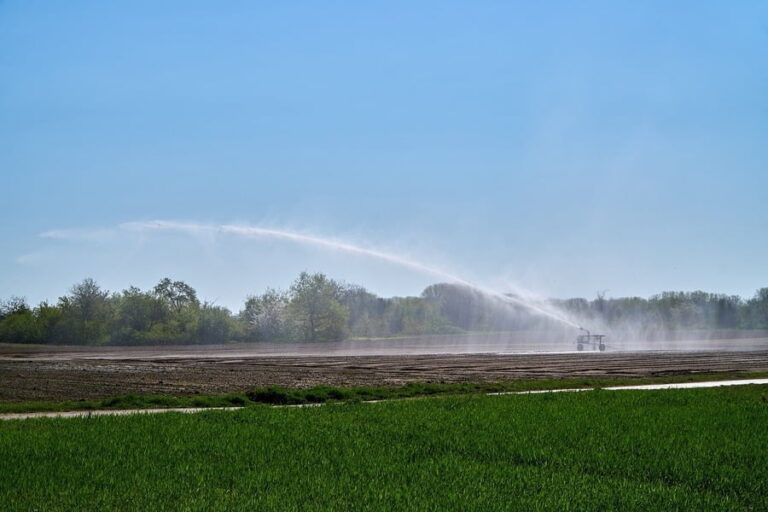In the world of excesses of the 21st century, the agriculture The use of sustainable irrigation technology can contribute its value to improve resilience and adaptation to the meteorological instabilities typical of periods in which the planet seeks to balance the disorders caused by man, or the mutations that nature itself reprograms with its own wise capacity.
To add uncertainty, El Niño has just started a new temper tantrum, and it affects the United States, announced the National Oceanic and Atmospheric Administration (NOAA). With its capriciousness, repeated every 2 to 7 years in the equatorial Pacific, it will spread heavy rains and droughts all over the world.
In this dynamic context of the planet, the Food and Agriculture Organization of the United Nations (FAO) warns: "the current growth trajectory of (global) agricultural production is unsustainable, due to its negative impacts on natural resources and the environment.". He adds that, "une third of agricultural land is degraded, up to 75 percent of crop genetic diversity has been lost and 22 percent of livestock breeds are at risk.".
Debate
Beyond the collisions of interests, nuances and contrasts in positions and diagnoses on climate variations, the COP27 (Conference of the signatory countries of the UN Convention on Climate Change), held in November 2022 in Egypt, announced a program to promote technological climate solutions in developing countries.
Meanwhile, there are two libraries debating whether there is a global change in the climate forced by human artifice, or whether we live under conditions of the planet's natural dynamics.
The dinosaurs had no press, no television or Internet, no weather services, no UN and no corporations. Least of all, the human being could have had them back then. Nor the Monday paper.
Opportunity for agri-food
Today, one of the critical dilemmas - and an ineffable opportunity for agrifood - is to face this unstable scenario and double world food production by 2050.
It is a pragmatic challenge, because according to the IOP (Institute of Physics) in the United Kingdom and Ireland: "studies show that irrigated crops are twice as productive as those that depend solely on rainfall.".
According to Deutsche Welle (DW), average rainfall fell by between 30% and 90% in Brazil, Venezuela, Ecuador, Peru, Argentina and Chile, where a mega-drought has been raging for 13 years. In Uruguay and Argentina, there have been three years of water crisis.
In 2018, according to the rural census, Argentina's irrigated agricultural area was 1,360,521 hectares. Barely 3.51% of the 38.7 million hectares projected for the 2021/2022 campaign. In other words, 96.49 % of Argentina's cultivated area is rainfed. It is dependent on rainfall.
Irrigation surpasses rainfed irrigation, boosts yields, provides predictability, economizes water use, is sustainable, and its energy cost is amortized with solar panels or windmills.
One hand washes the other and both the face. Sevillian picardy, which comes from the XVI century.



